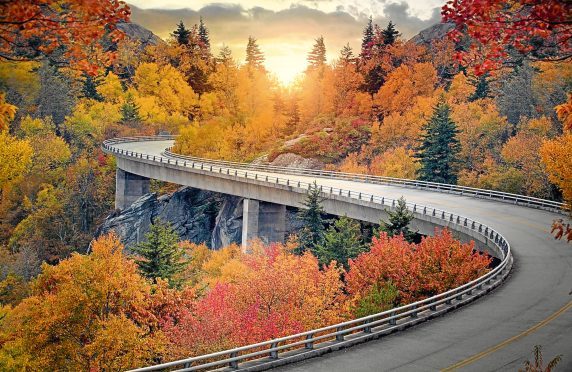This is a plea for the land. In particular, it is a plea to stop treating it as if it owes us a living.
There is a widespread tendency in Scotland (it is even more marked south of the Border) to regard all land as expendable or at least exploitable. The theory is that the wild may be tamed, and the beautiful made ugly, if it can be shown to be good for the economy. If a fanciful number of jobs, preferably in the thousands, and a stellar number of millions of pounds, can be parcelled into a glossy prospectus with accompanying press release, then how dare any green-leaning, placard-waving tree-hugger obstruct the pathway to prosperity?
Aldo Leopold, the author of arguably the finest work of nature writing ever, A Sand County Almanac, wrote : “Man always kills the thing he loves, and so we pioneers have killed our wilderness. Some say we had to. Be that as it may, I am glad I shall never be young without wild country to be young in. Of what avail are forty freedoms without a blank spot on the map?”
We have just been spared the reckless assault on the land that is fracking thanks to the Scottish Government (and a resounding pro-land consultation process), even as England prepares to reap its whirlwind, thanks to the British Government. This same British Government has signed up enthusiastically to HS2, environmental carnage in the making so that train journeys between London and Birmingham can be shaved by a few minutes, minutes so precious to the wellbeing of society that they are deemed worth every penny of the eye-watering price. (Most of civilisation’s rail users would settle for greener, more comfortable trains that run on time and guarantee them a seat.) So it is hardly surprising that such a philosophy embraces fracking.
In Scotland, the outcry against the Scottish Government’s admirable decision from the usual suspects characterises the worst excesses of the energy industry, which rather presupposes that our government exists to do the industry’s bidding in order to inflate its balance sheet, that nothing else matters other than that the industry makes BIG profits.
This is the nub.
Perhaps the most bizarre manifestation of the disease in Scotland has been the North Coast 500 project. This is possibly the worst idea the Scottish tourist industry has ever had. As an exercise in rendering ugly that which was once beautiful, it has few rivals. It is a marketing exercise designed to transform the northern Highlands into a golden goose but designed in such a way that the golden goose is having the life beaten out of it by a non-stop procession of car-born tourism at its most thoughtless. The Scottish landscape has rarely been so fluently insulted.
It’s not as if we didn’t know what would happen. Here is Aldo Leopold, writing in the late 1940s: “Recreation has become a self-destructive process of seeking but never quite finding, a major frustration of mechanized society. The retreat of the wilderness under the barrage of motorized tourists is no local thing… Drums along the Mohawk are now honks along the rivers of the world. Homo sapiens putters no more under his own vine and fig tree; he has poured into his gas tank the stored motivity of countless creatures aspiring through the ages to wiggle their way to pastures new. Ant-like, he swarms the continents. This is Outdoor Recreation, Latest Model.”
And then, there are two still valid observations. Firstly: “Recreational development is a job not of building roads into lovely country, but of building receptivity into the still unlovely human mind.” And then this one: “We abuse land because we regard it as a commodity belonging to us. When we see land as a community to which we belong, we may begin to use it with love and respect.”
How far, do you suppose, we have strayed as a species from that idea, that we see land as a community to which we belong? What are we gaining from the North Coast 500, which clogs the essential arteries of community, crumples the precious and fragile environment under its millions of wheels, distresses as yet unmeasured amounts of wildlife, tips its copious waste at the roadside, and all this while slavishly following the motorhome in front and the satnav on the dashboard?
What are we gaining from our willingness to court environmental disaster to feed our ever-increasing demand for fuel by ripping the earth asunder? How long do we suppose we can continue poisoning our land?
This is a plea for the land, a plea to stop it and be still long enough to listen to the land. The sound we will hear is the land’s anguish.
Jim Crumley will be at The Watermill in Aberfeldy next Tuesday at 7pm, talking about his new book, The Nature of Winter. Find out more at info@aberfeldywatermill.com










